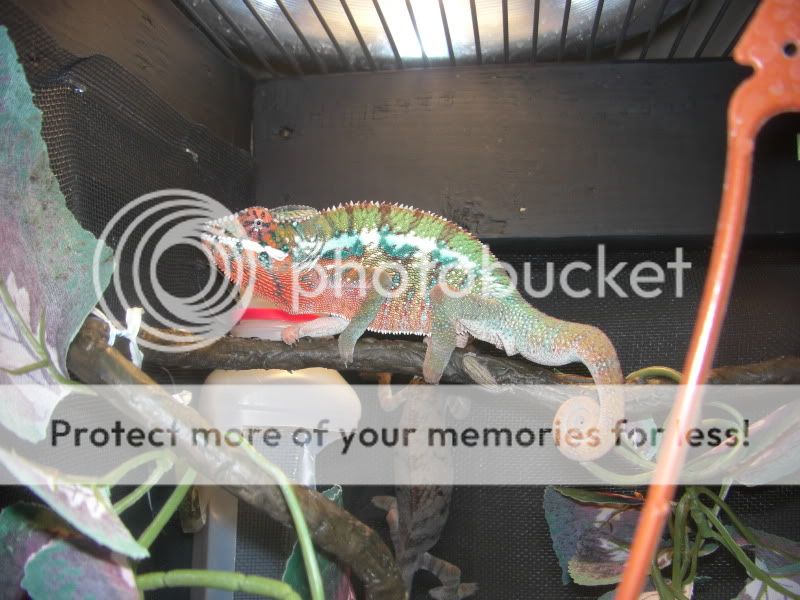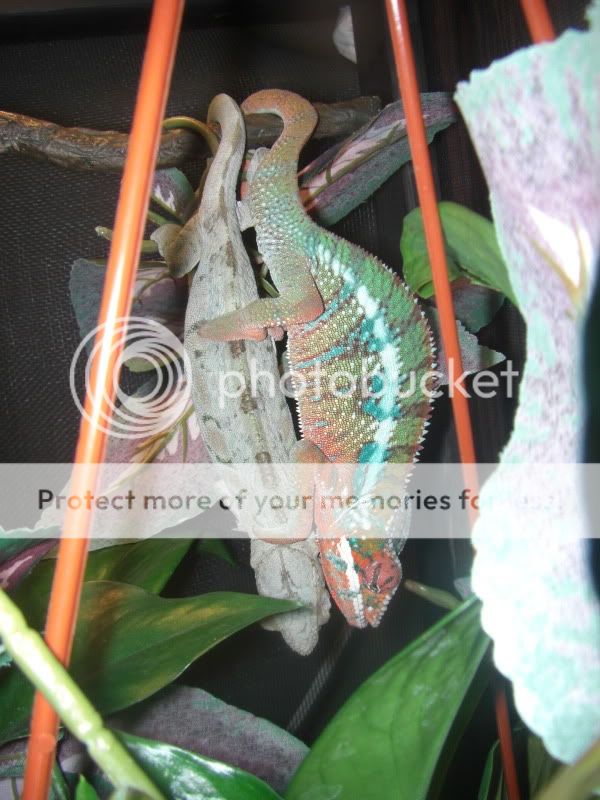karebear41486
Established Member
So i just got home from Mother's day festivities and I found my female Ambilobe in my male's cage...and she is just sitting there next to him...I don't know how she managed to get in!! Its so weird...anyway, just wondering if that's ok to leave them together?? She is absolutely not showing any stress colors, they are basking together and my male is showing excited colors but looks a little unsure of her. The other thing is that she is 7 months and he is 6...is that ok??







